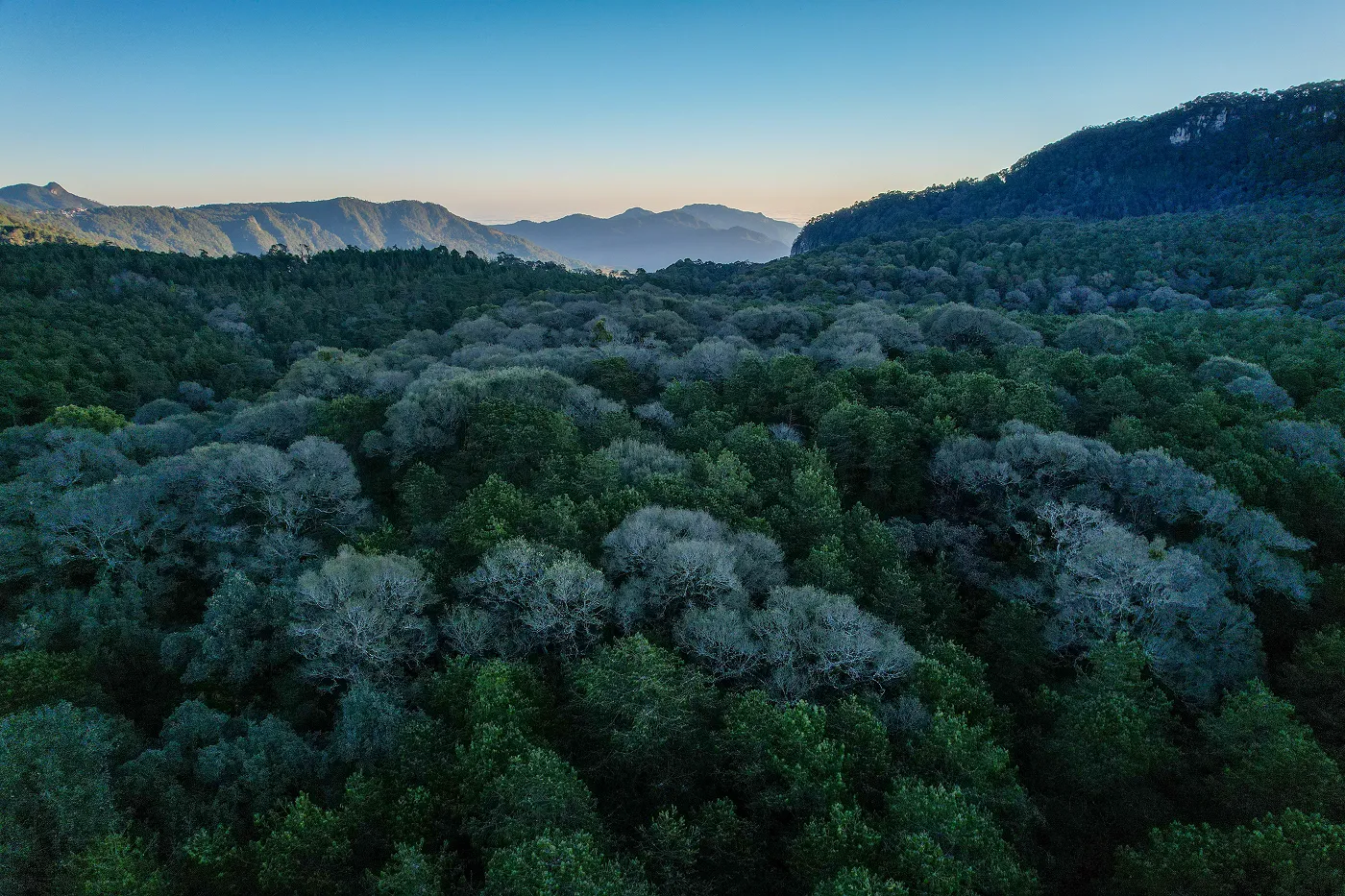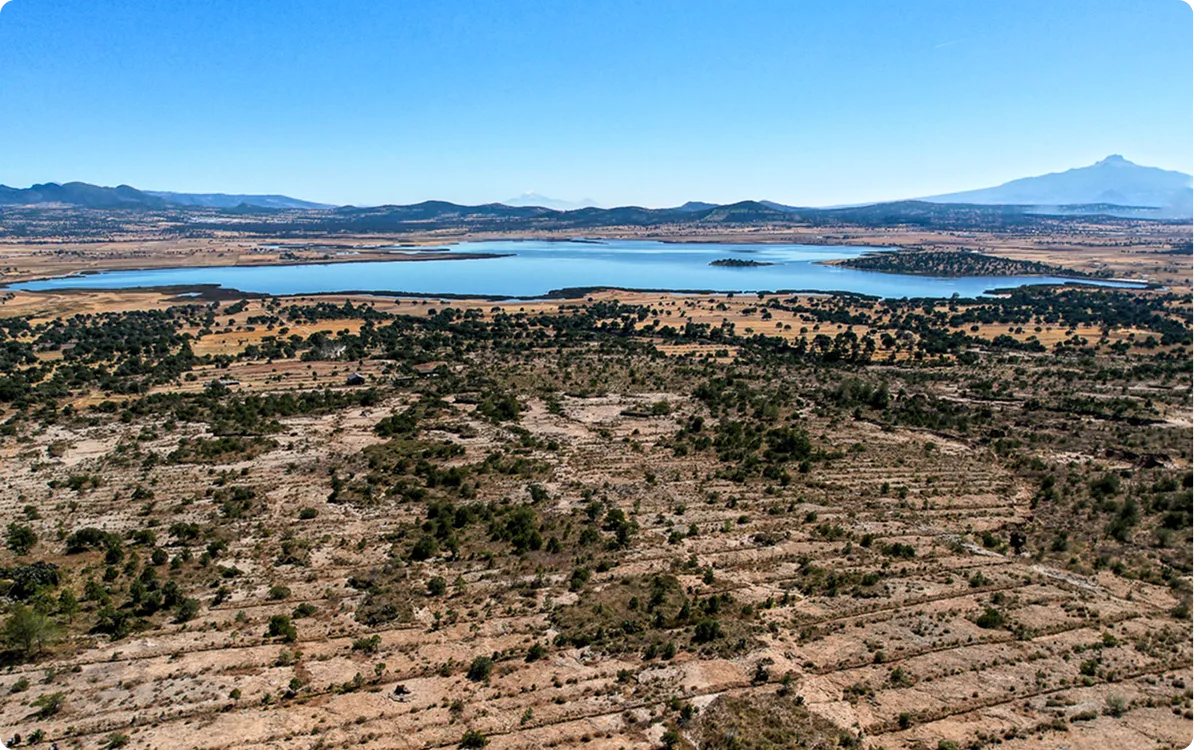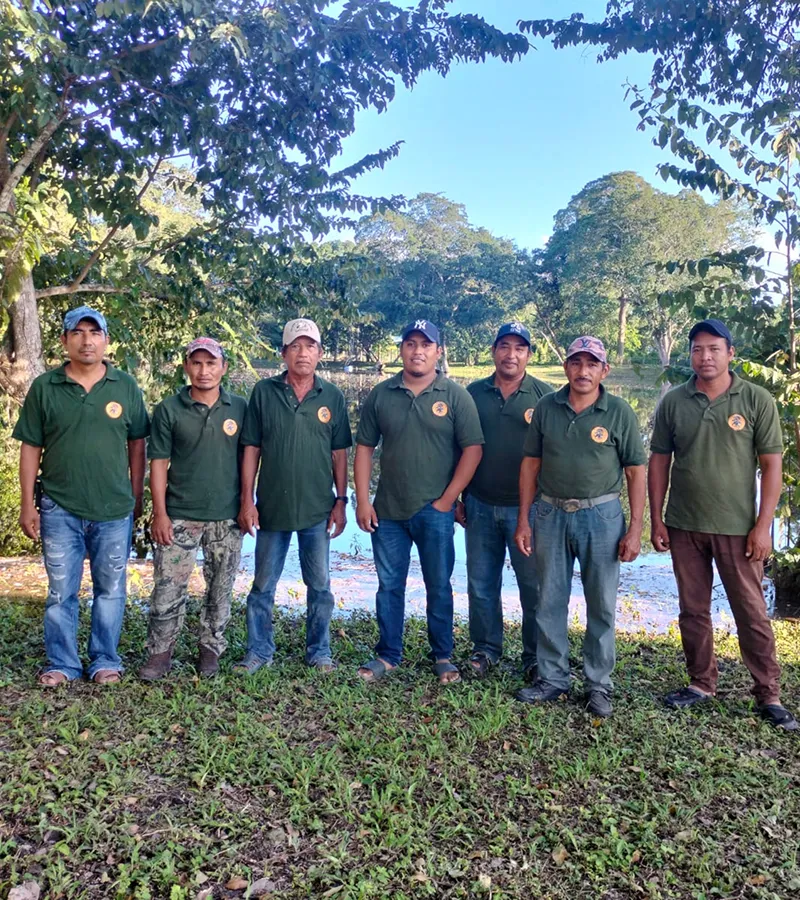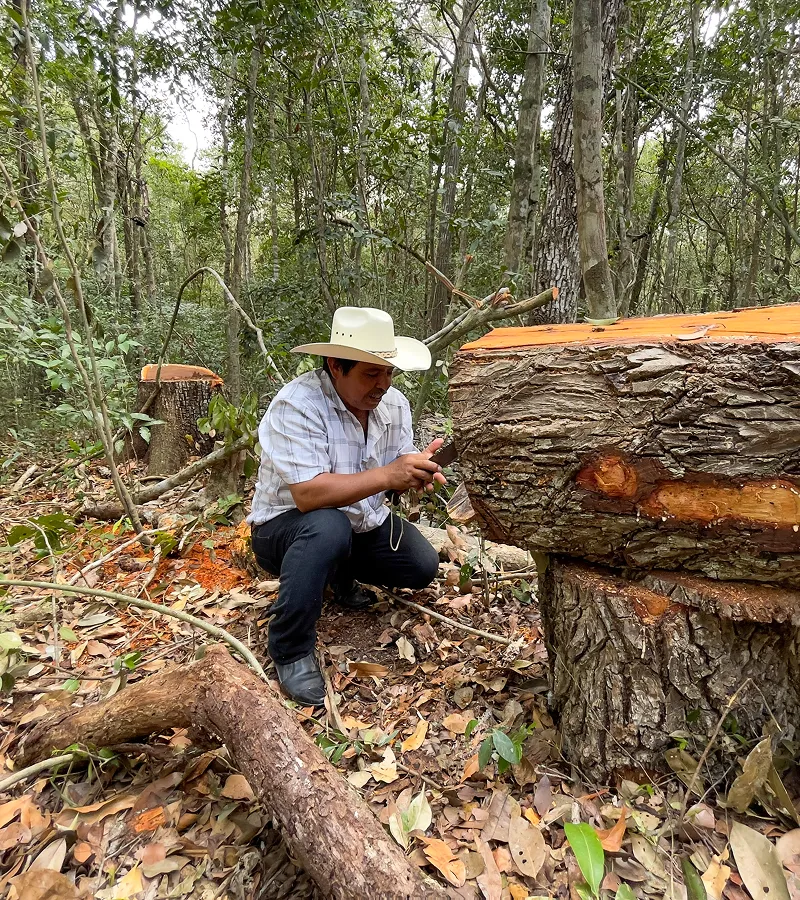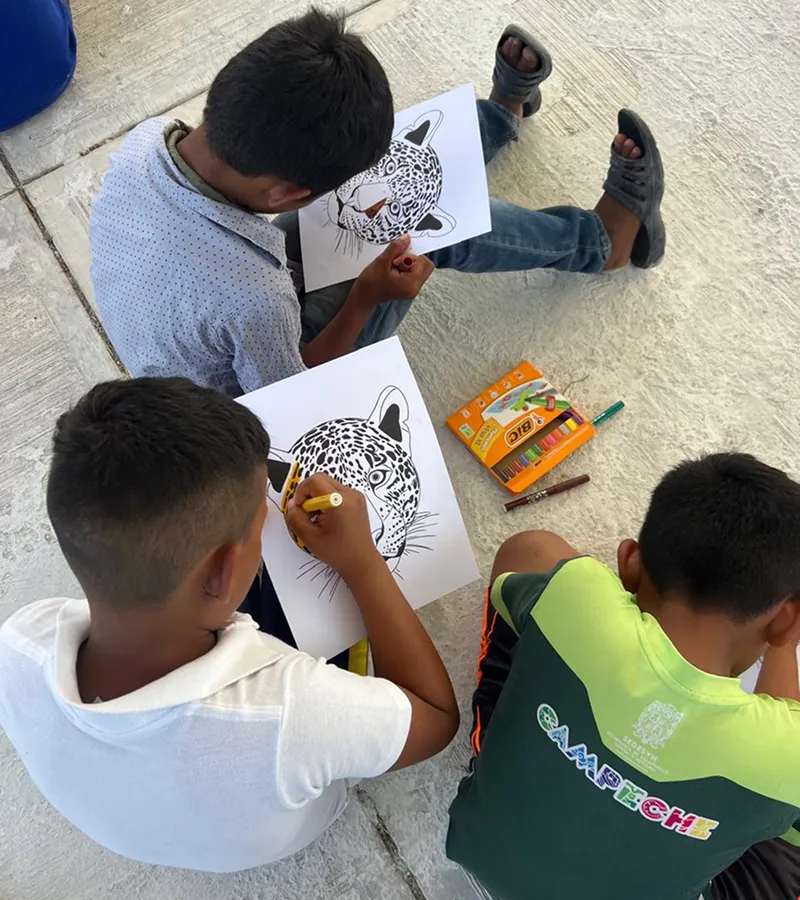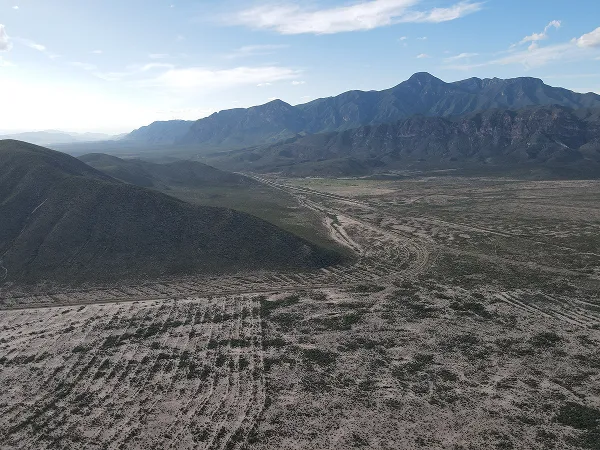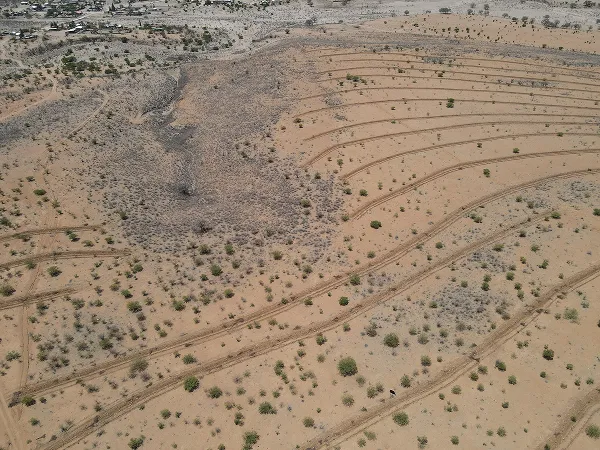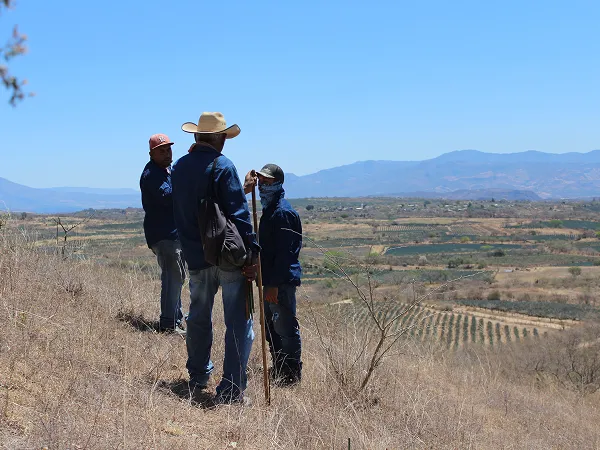Centauro del Norte
Carbon
Campeche, México
Faced with environmental degradation in one of the most biodiverse regions in Mexico, the Centauro del Norte ejido chose to conserve. With a participatory approach, this project promotes ecosystem regeneration, integrates social safeguards and ensures lasting benefits for the community.
~
32
K
carbon offsets
annualy estimated
+
5
K
hectares
preserved
68
ejido members
receive benefits from the project
250
local residents
inhabit the ejido
190
sites
of carbon monitoring
.webp)
(01)
The context
A Territory Invested in Permanence
Located in the municipality of Calakmul, Campeche, the Centauro del Norte ejido is part of the Mesoamerican Biological Corridor, a region of high ecological and cultural diversity, close to the Calakmul Biosphere Reserve. Its predominant vegetation is the low and medium subevergreen jungle, which provides habitat for species such as the jaguar, the howler monkey, the ocelated turkey and the tepezcuincle.
In recent years, the increase in illegal logging, deforestation associated with productive activities and the decrease in rainfall have generated greater aridity and fragmentation of the landscape. Faced with these conditions, the ejidal community has chosen to preserve its territory as a long-term strategy. With 250 ejidatarios, its internal organization has been key to supporting a productive model that can coexist with conservation.
Location
Campeche, México
Dimensions
The Project Area (ADP) is 10,024 hectares, while the Project Area (ADA) is 5,153.72 hectares under restoration.
Productive Activities
Agriculture, beekeeping, ecotourism and small-scale livestock.
Vegetation
Low semi-evergreen rainforest to medium semi-evergreen rainforest.
Fauna
Mammals such as gray fox (Urocyon cinereoargenteus), white-lipped peccary (Tayassu pecari), howler monkey (Alouatta palliata), jaguar (Panthera onca) and white-tailed deer (Odocoileus virginianus); birds such as peacock toucan (Ramphastos sulfuratus) and ocellate turkey (Meleagris ocellata); reptiles such as nauyaca (Bothrops asper).
Flora
Trees such as ramón (Brosimum alicastrum), tzalam (Lysiloma latisiliquum), red chacá (Bursera simaruba), black chechen (Metopium brownie), pucté (Bucida buceras) and chicozapote (Manilkara zapota).
Certifier
Climate Action Reserve (CAR)
Protocol
Forest Protocol for Mexico 3.0
Verifier
Ruby Canyon (first period)
GREENCI (second period)

“We are trying to get this project out of hand with Toroto and our goal is to achieve the benefit, which beyond the resource, is to take care of our forests. It's our heritage and something important to achieve a future for our children.”
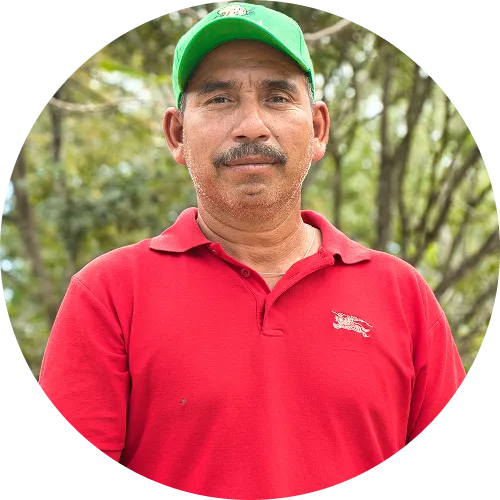
Jesús Morales Vidal
Municipal agent and brigadier
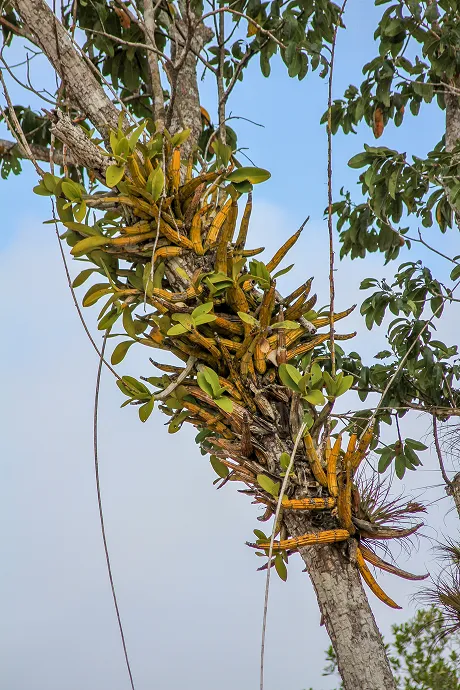
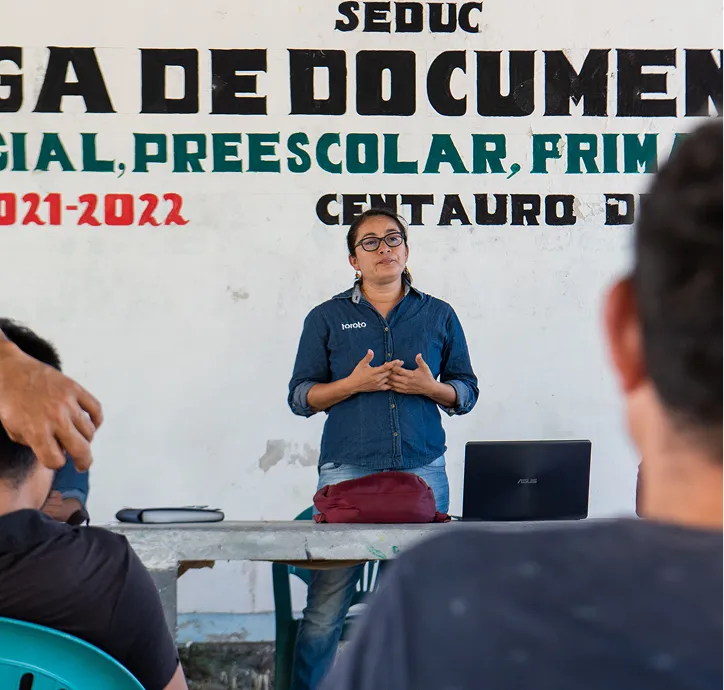
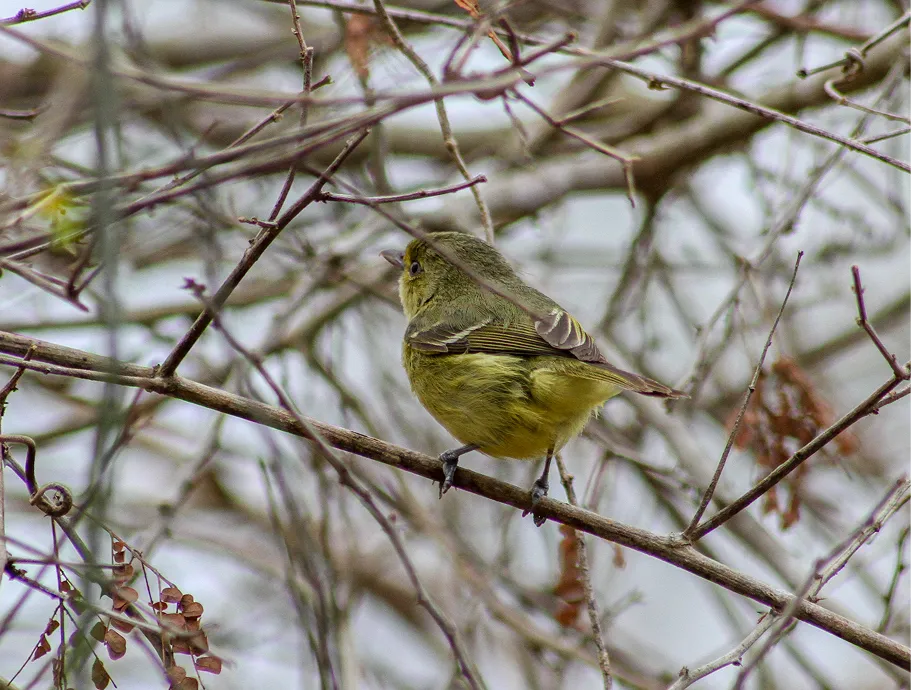
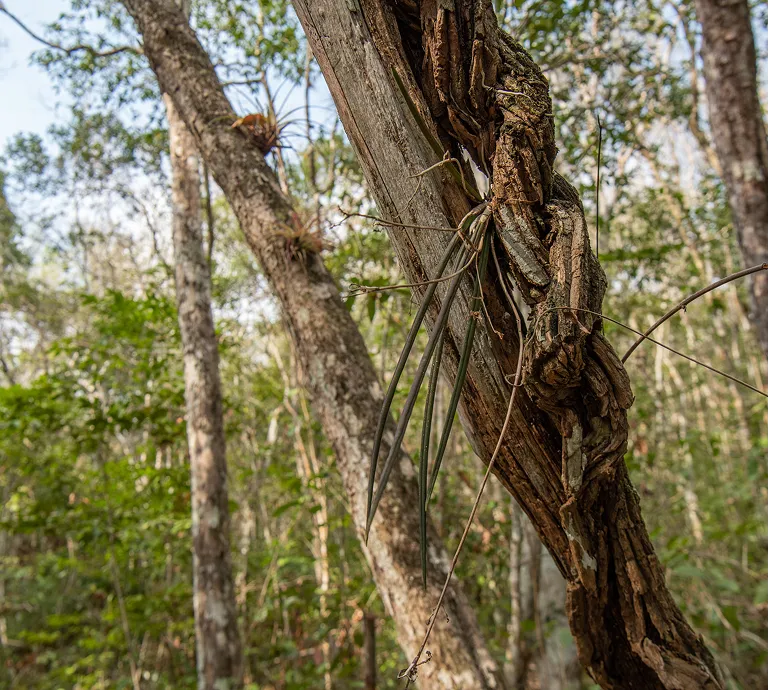
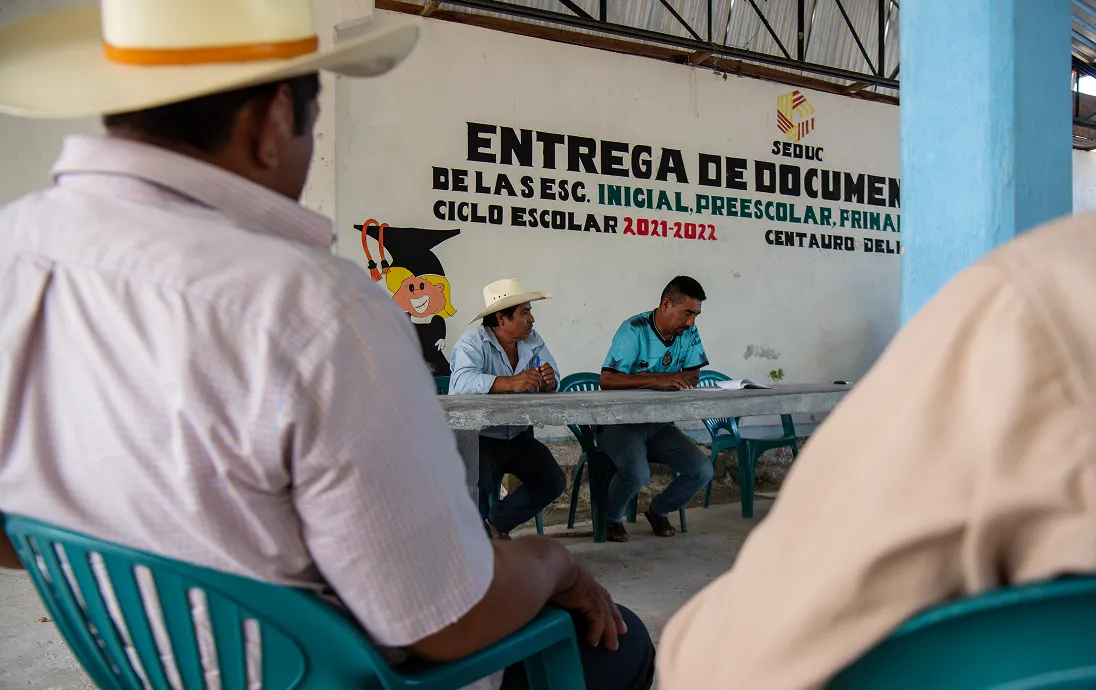
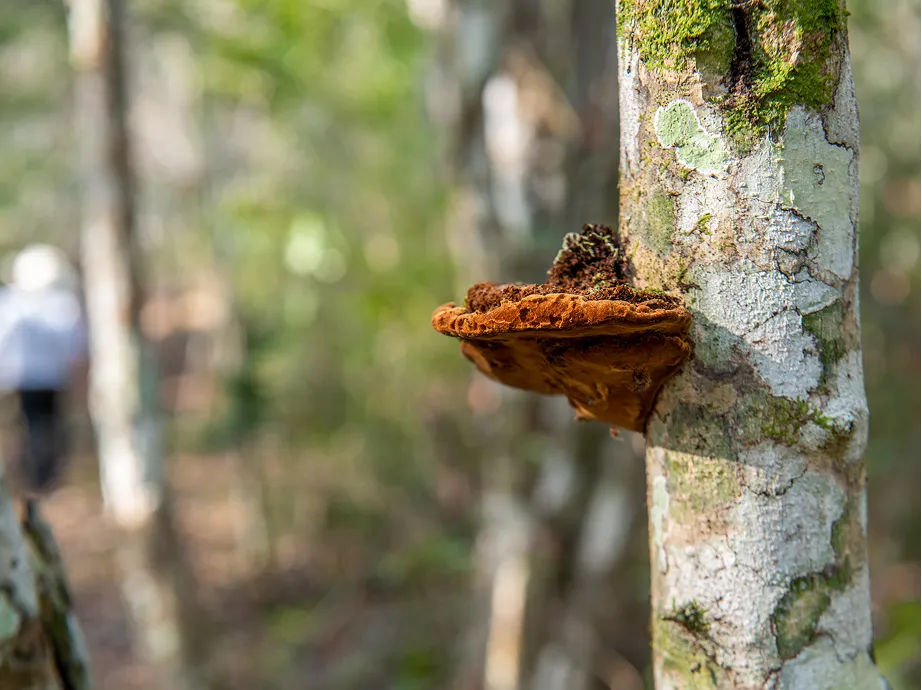
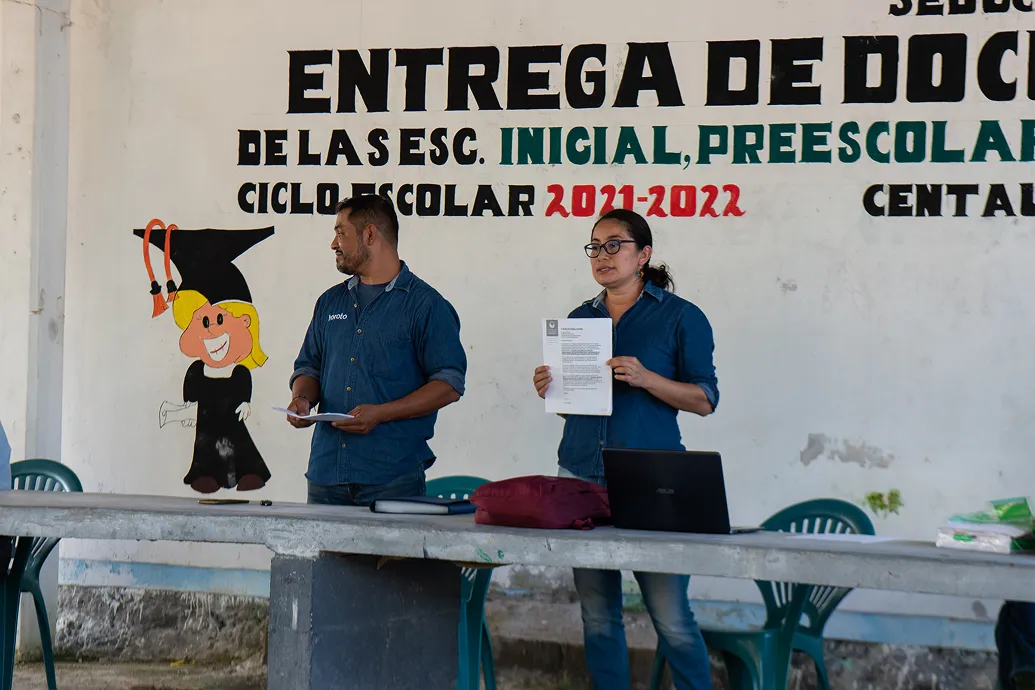
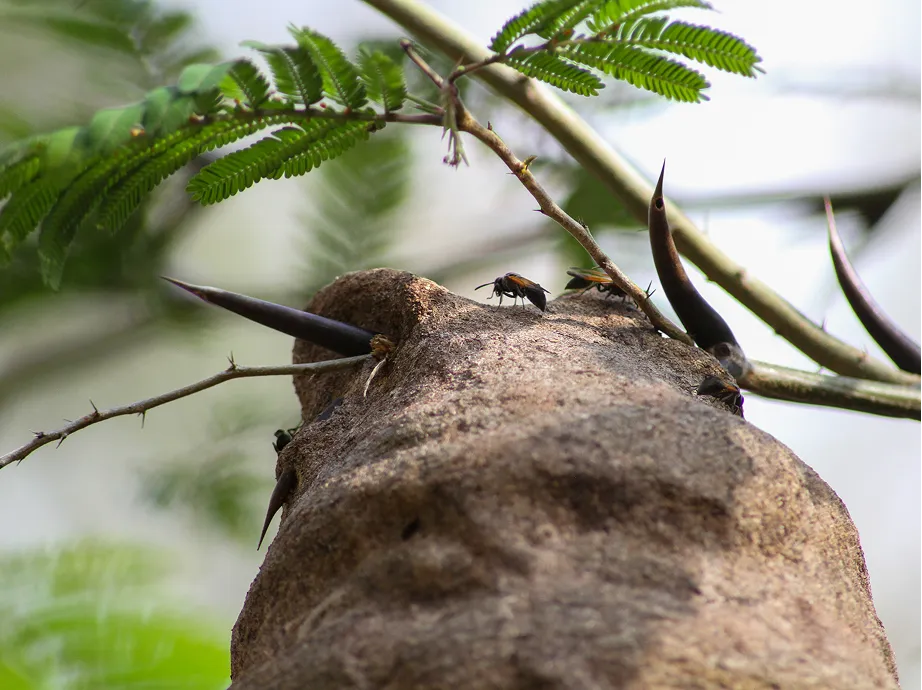
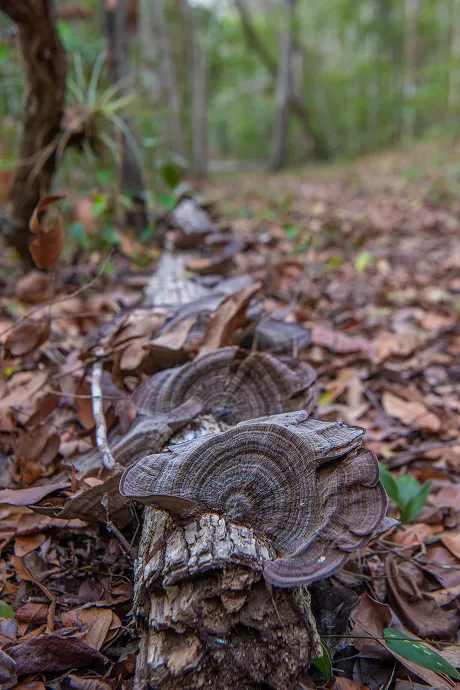
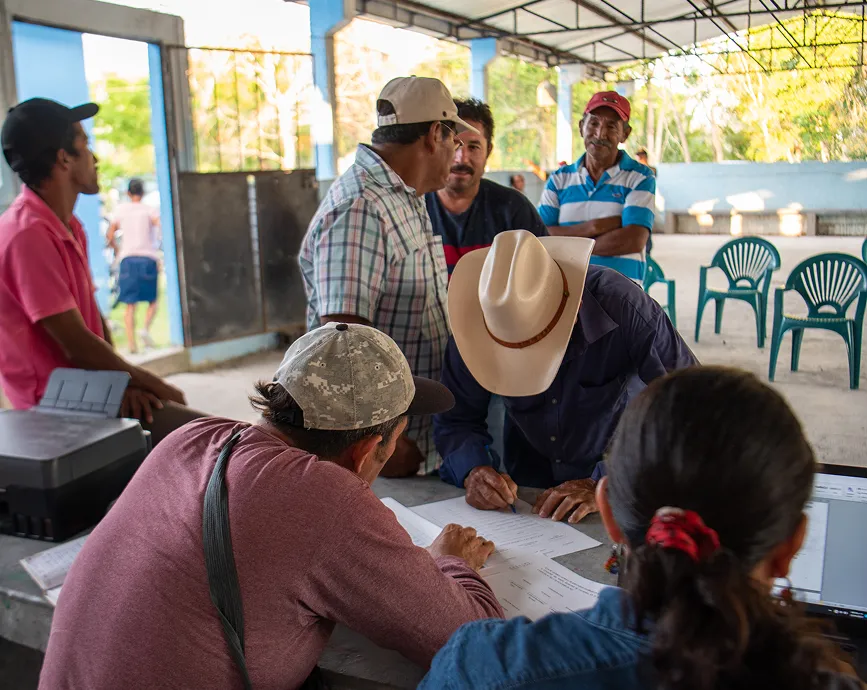
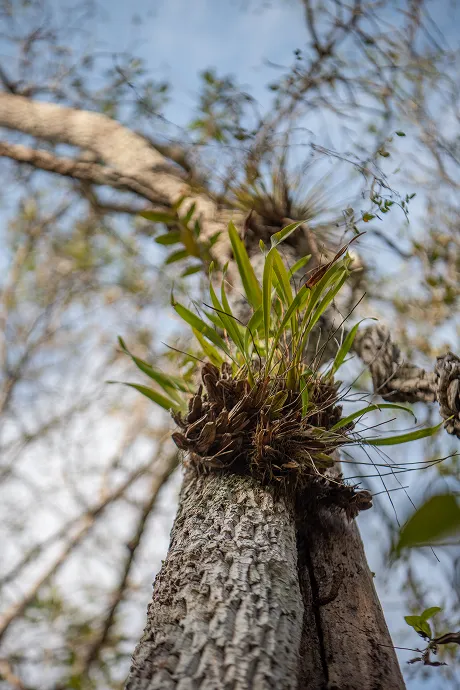
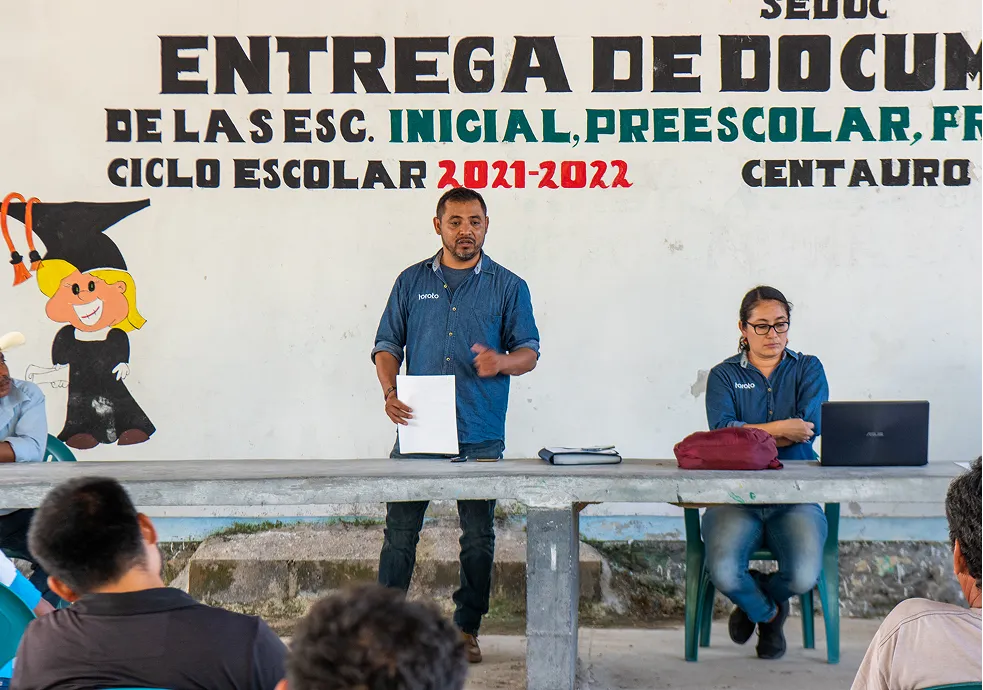
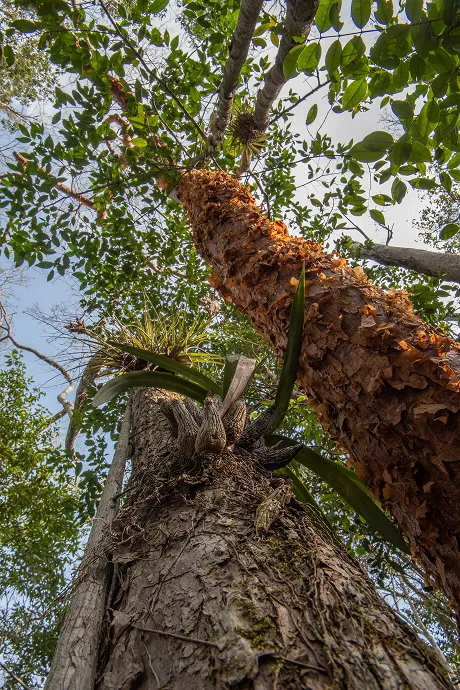
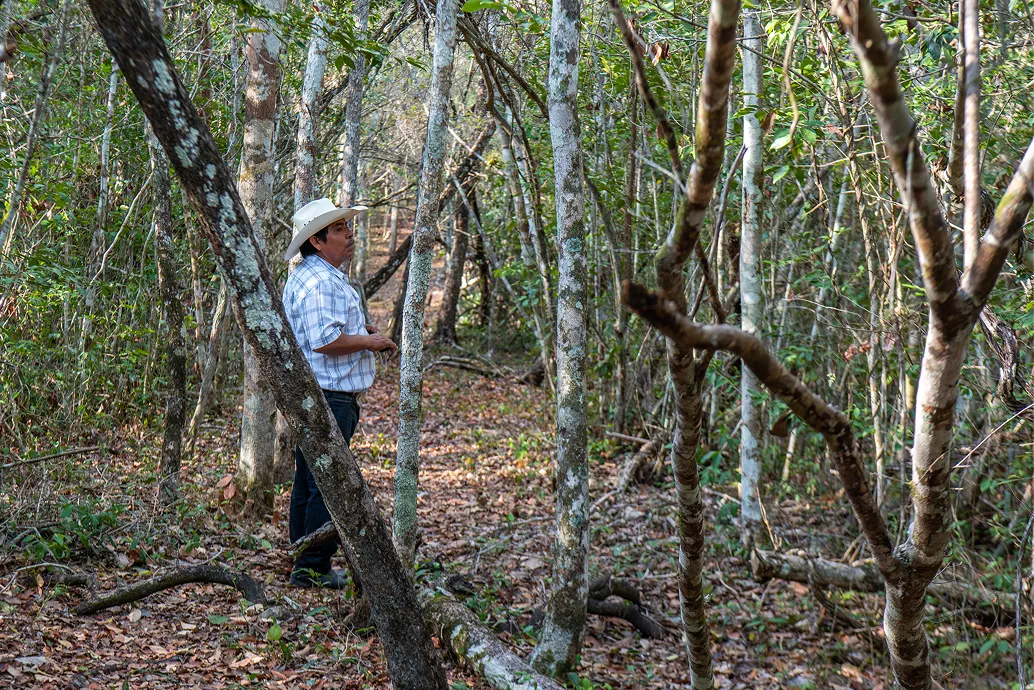
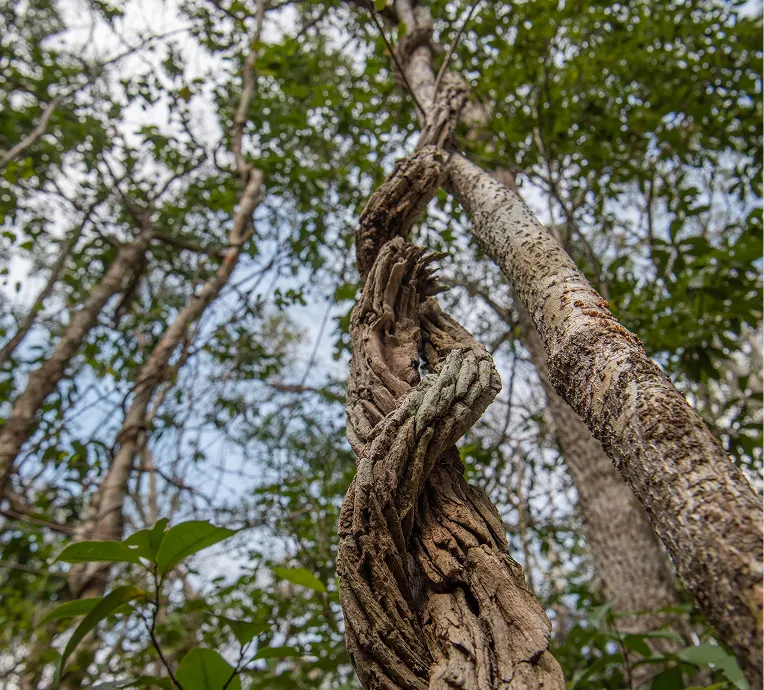
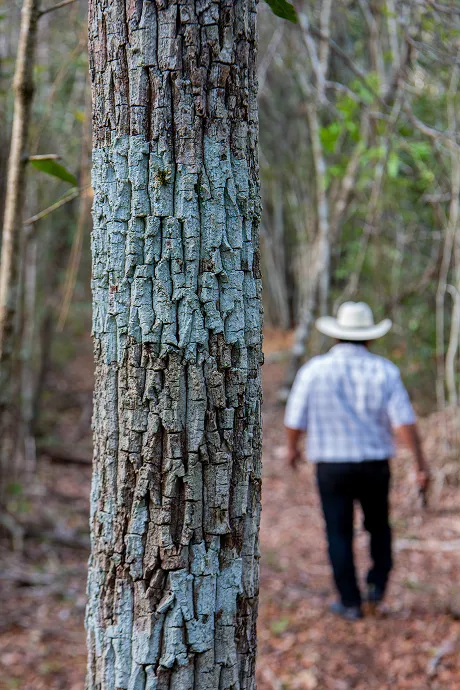
































(03)
The Turning Point

A Collective Decision
The community identified an opportunity: to conserve their land not only as an environmental heritage, but also as a legitimate path of development. Thus, a carbon capture project built from its own territorial reality was born.

A Purpose-Driven Project
Through the conservation and management of its forest cover, the ejido generates carbon credits that allow it to finance restoration activities, community surveillance and capacity building, consolidating a long-term strategy.
Beyond Carbon
The design and management of the ejido of its territory focuses on local knowledge, community governance and the regeneration of ecosystems as a basis for collective well-being.
(04)
The Impact
Conservation with co-benefits

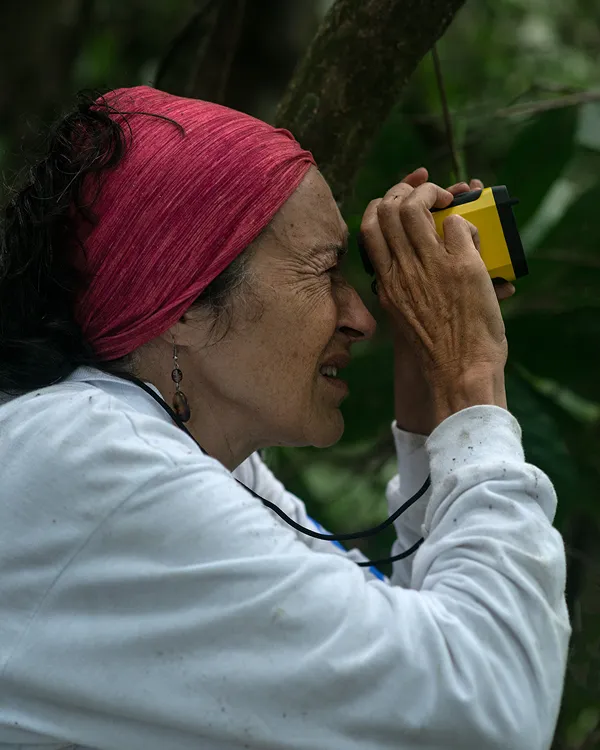
Science-Based Restoration
To ensure permanence and additionality, the project is registered, verified and certified by accredited entities. We also combine our Toroto Track tool with satellite monitoring and fieldwork technologies to ensure the quality and permanence of the captured carbon.

Biodiversity as a Foundation
Biodiversity is the foundation of resilient socio-ecological systems. Our specialized team performs baseline studies, continuous monitoring and strategies to conserve and strengthen key ecosystems.
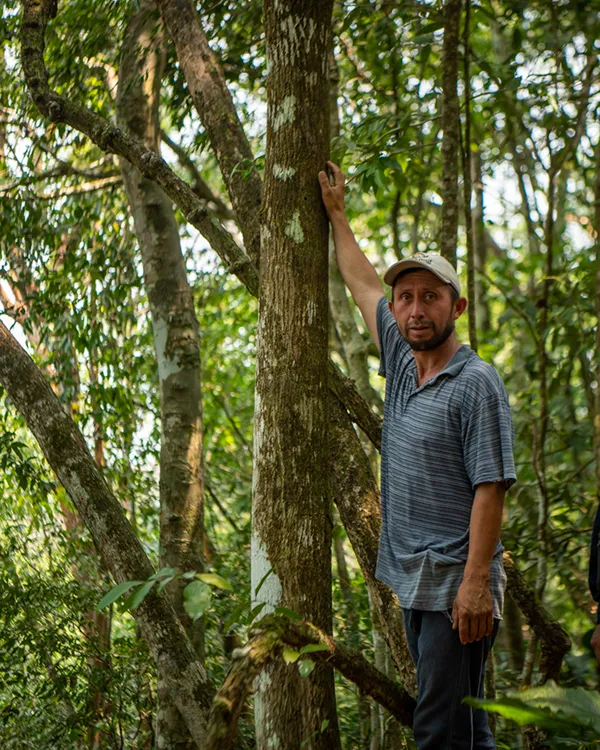
Community-Led Action
Local brigades implement conservation actions, generating employment, roots and a sense of belonging to the territory. These activities strengthen environmental education and encourage active and sustained community participation.
(04)
The Impact
Conservation with co-benefits
.jpg)
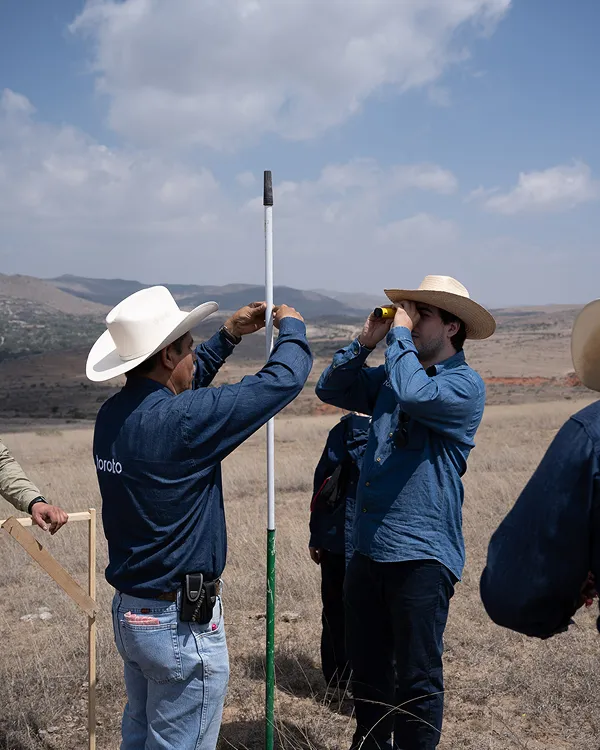
Science-Based Restoration
To ensure permanence and additionality, the project is registered, verified and certified by accredited entities. We also combine our Toroto Track tool with satellite monitoring and fieldwork technologies to ensure the quality and permanence of the captured carbon.
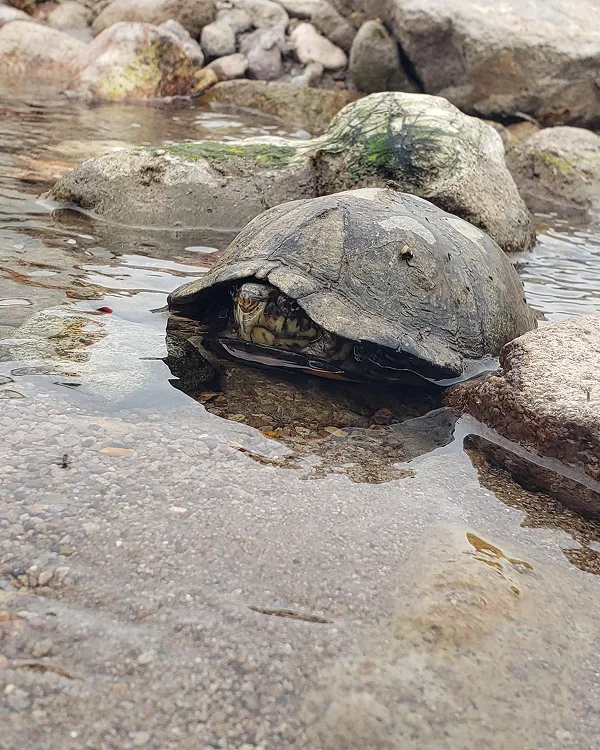
Biodiversity as a Foundation
Biodiversity is the foundation of resilient socio-ecological systems. Our specialized team performs baseline studies, continuous monitoring and strategies to conserve and strengthen key ecosystems.
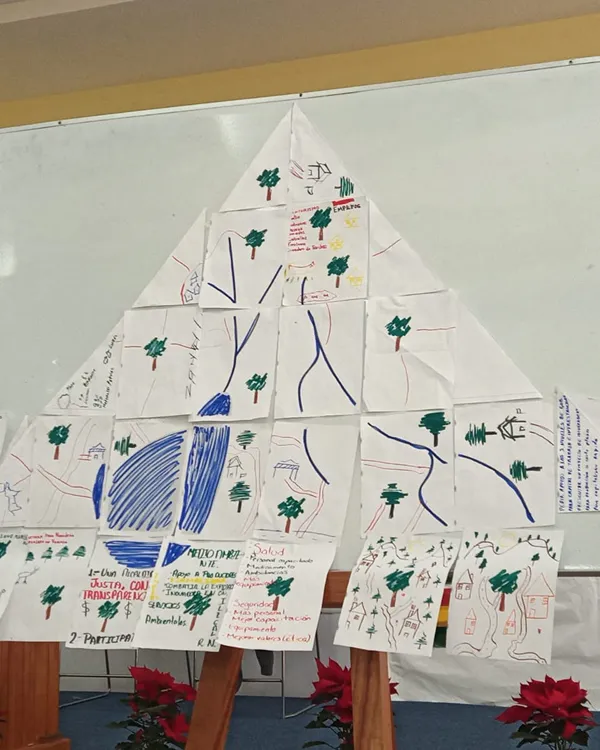
Community-Led Action
Local brigades implement conservation actions, generating employment, roots and a sense of belonging to the territory. These activities strengthen environmental education and encourage active and sustained community participation.
Regenerating nature, one project at a time
We do important things differently.
